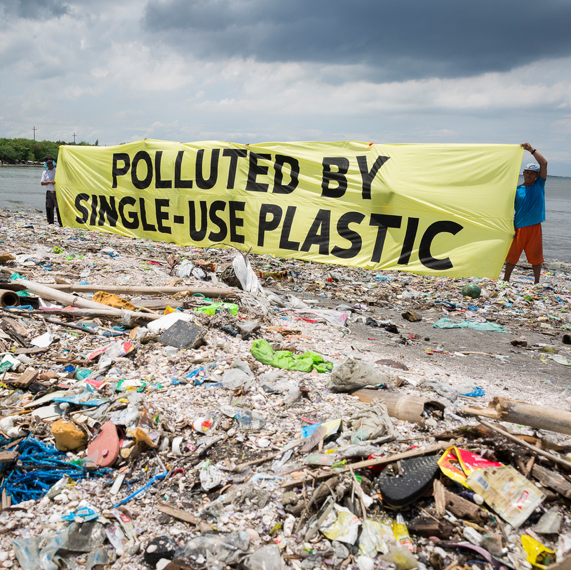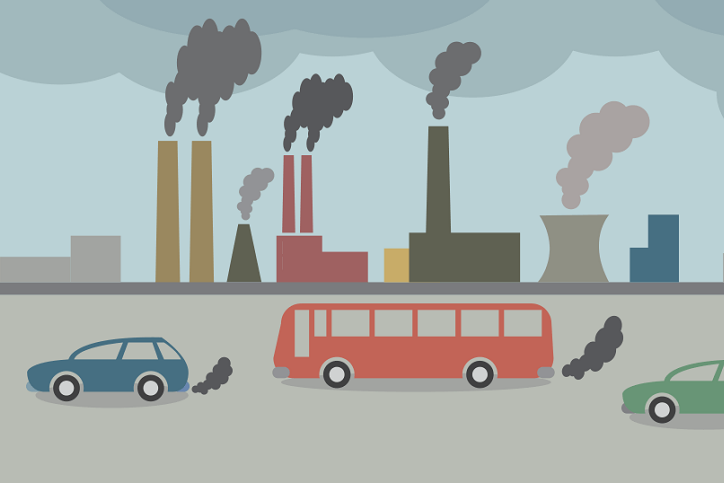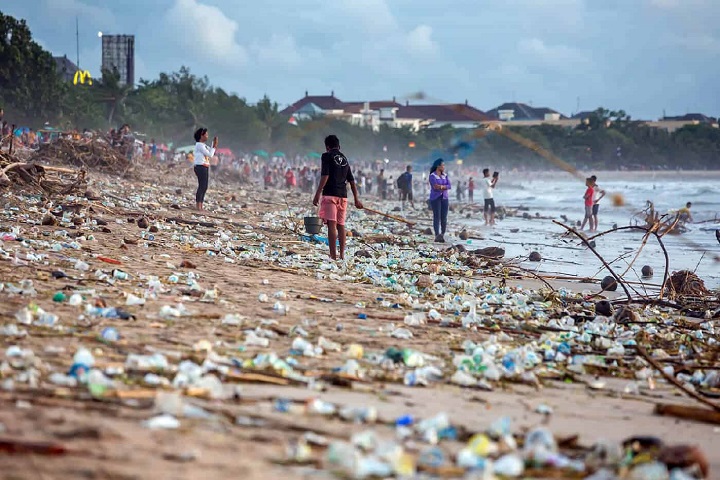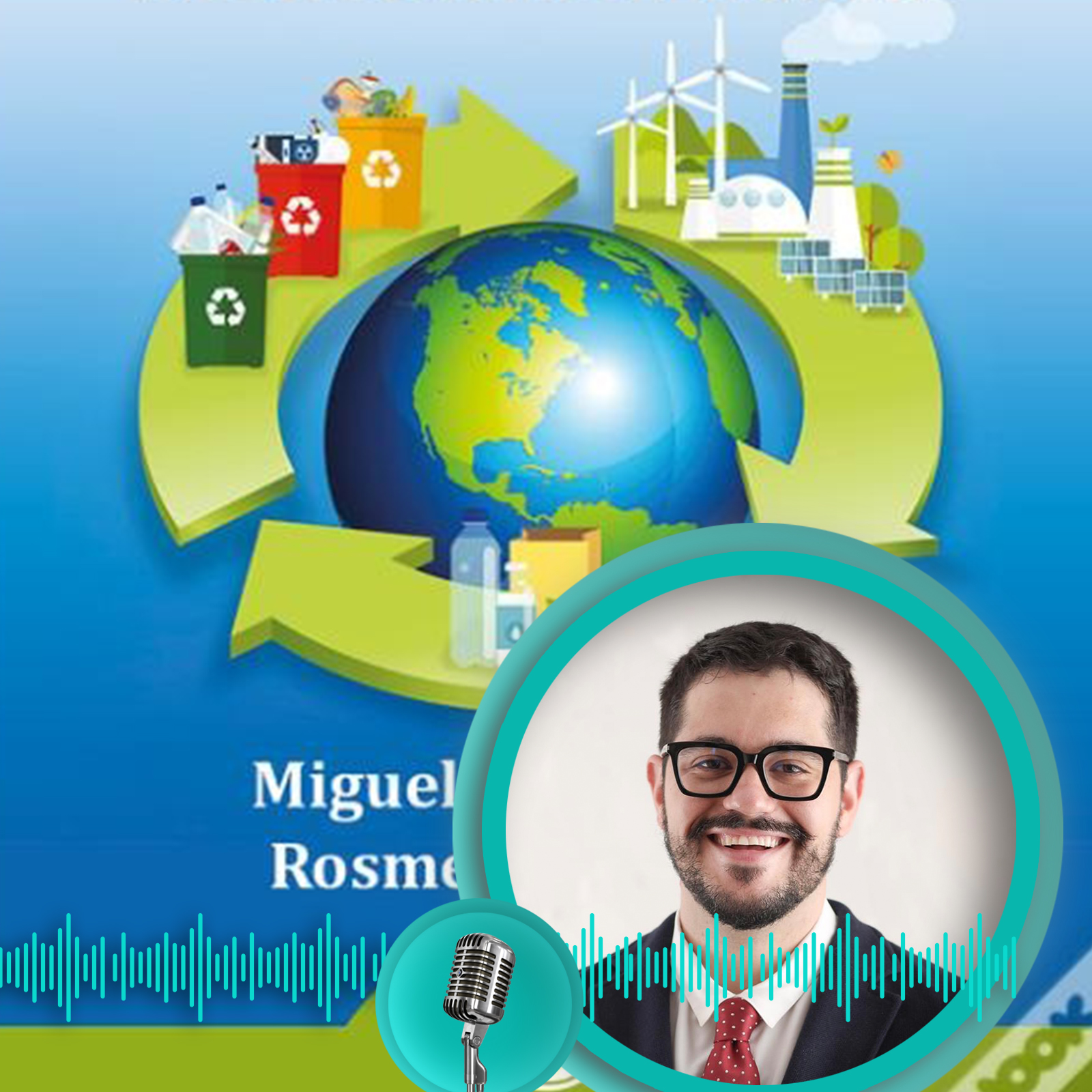29 Nov 2024

Hannah Steiner
Environmental activist
We do not fully understand the risks to human health of ingesting plastic...

According to a pair of scientific studies published in the summer of 2020, microplastic particles and a family of toxic chemicals known as per- and polyfluoroalkyl substances or PFAS have become more widespread in the world’s oceans than previously realized and have begun to contaminate the global seafood supply. The two problems are related because PFA —a family of highly stable “forever chemicals” with more than 4,700 known members—can occur as microplastics, they can stick to microplastic particles in water, and are involved in the production of plastics.
In July 2020, a German-American study published in the scholarly journal Environmental Science & Technology revealed that PFAS—which are used in a range of products including carpets, furniture, clothing, food packaging and nonstick coatings—have now been found in the Arctic Ocean.
“This discovery worries scientists,” Project Censored explains, “because it means that PFAS can reach any body of water anywhere in the world and that such chemicals are likely present in our water supply.” This is concerning because, as Daniel Ross reported for Truthout, there are “Known human health impacts ... include certain cancers, liver damage, thyroid problems and increased risk of asthma. As endocrine disrupto e rs, these chemicals have been linked to increased risk of severe COVID-19.”
Ross cited a number of other studies as well, noting that, “Emerging research suggests that one important pathway [for PFAS spreading] is through the air and in rainwater,” and that they had been widely detected in China, the U.S., and elsewhere.
“PFASs are probably detectable in ‘all major water supplies’ in the U.S.,” according to an Environmental Working Group study, Ross reported. “What’s more, over 200 million Americans could be drinking water containing PFAS above a level EWG scientists believe is safe, according to the organization’s most recent findings.”
The second study, in August 2020, also published in Environmental Science & Technology, came from researchers at the QUEX Institute, a partnership between the University of Exeter and the University of Queensland. They looked for and found microplastics (pieces of plastic, less than five millimeters in length—about the size of a sesame seed) in five seafood products sold in Australian markets: crabs, oysters, prawns, squid, and sardines—which had the highest concentration.
According to the study’s lead author, as reported by Robby Berman in Medical News Today, a seafood eater with an average serving “could be exposed to … up to 30 mg of plastic when eating sardines,” about as much as a grain of rice. “We do not fully understand the risks to human health of ingesting plastic, but this new method [they used for detecting selected plastics] will make it easier for us to find out,” another co-author said. “Roughly 17% of the protein humans consume worldwide is seafood,” Berman noted. “The findings, therefore, suggest people who regularly eat seafood are also regularly eating plastic.”
Aside from the Guardian, “no major news outlet has paid attention to the topic of microplastics in seafood,” Project Censored noted, referring to an October 2020 story by Graham Readfearn, reporting on a new Australian study indicating that at least 14 million tons of microplastics are likely sitting on the ocean floor—“more than 30 times as much plastic at the bottom of the world’s ocean than there is floating at the surface.”
However, the study’s co-author, Dr. Denise Hardesty, “said the amount of plastic on the ocean floor was relatively small compared to all the plastics being released, suggesting the deep-sea sediments were not currently a major resting place for plastics,” Readfearn reported. “Leaders from more than 70 countries signed a voluntary pledge in September to reverse biodiversity loss which included a goal to stop plastic entering the ocean by 2050,” he noted, but major countries including the United States, Brazil, China, Russia, India, and Australia had not signed on.
Comment

Why we need a UN Treaty on plastic pollution The Ellen MacArthur Foundation is a UK charity working on business, learning, insights & analysis, and communications to accelerate the transition towards the circular economy.

Air Pollution for Kids Air is all around us and we need it to survive.

Why We Need to Stop Plastic Pollution? Our oceans are being filled and killed by throwaway plastics.

Climate Change, Ecological Crisis and Sustainability We are all agents for change in climate action.

Climate Racism Climate Racism: Social Inequalities in the Age of Climate Change
Brigitte Colman
2024-11-30
Changement climatique est une catastrophe pour notre avenir et l'adoption d'un traité est indispensable.